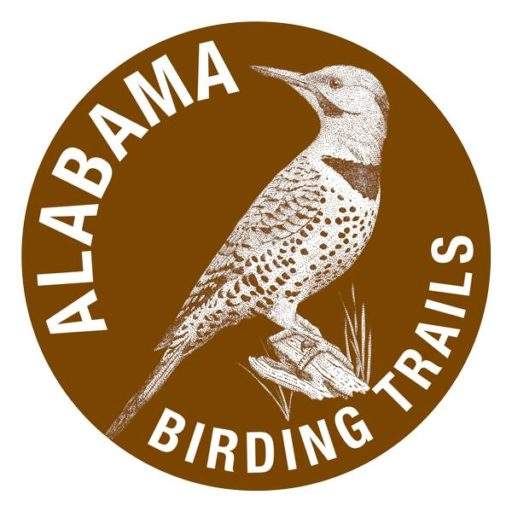Appalachian Highlands | Jefferson | Best Seasons: Fall | Spring | Summer
Aldridge Gardens is a 30-acre former private home, 5 acre lake, gardens, and grounds now owned by the city of Hoover that has been converted to use as a botanical garden. It features an abundance of Snowflake hydrangeas – a selected variation of the state’s official wildflower, the Oak-leaded hydrangea. Don’t rush through the parking lot. Even the parking lot is quite birdy. From October-April, the trees in the parking lot may have hordes of Cedar Waxwings, juncos, Yellow-rumped Warblers, and maybe some Purple Finches or Pine Siskins. Eastern Towhees, Brown Thrashers, Northern Cardinals, and Blue Jays are common permanent residents. Inside the gates, the property features a mature canopy consisting of many large Loblolly pines and an assortment of oaks and other hardwoods. Nuthatches and woodpeckers (including Pileated) are common to fairly common throughout the Gardens. Brown-headed Nuthatches are here in abundance.
Walk the paths around the front portion of the property. The best time for serious birding attention here is during migration, particularly after the passage of a low-pressure weather front, as low pressure and precipitation tend to cause migratory birds to take refuge in substantial woodlots, like Aldridge Gardens. The Aldridge family’s former home is in the center of the property. There are restrooms and limited vending here. Beyond the home is an attractive lake, circled by walking trails. To the left (north) of the home are a couple of small man-made waterfalls. Cute, and they may attract birds to drink and bathe, particularly in dry weather. Continue the north portion of the loop and pass into the natural area. This is the best area for birding in the Gardens. Work the unpaved paths for warblers, wrens, and sparrows in the scrubby second-growth nearest the path. This is an excellent spot for Palm and Orange-crowned warblers in migration and (occasionally) in winter. Grey Catbirds and Eastern Towhees are permanent and conspicuous in this part of the property. Eastern Bluebirds are especially common here. The tree line to the back of the natural area can be very productive, both for resident birds and migrants. At the end of the natural area, walk up a small incline and scan the lake for swallows and martins in the warmer months, or the occasional duck, grebe, and coot in the colder months. Down the hill to the east is a grassy, weedy area for the lake’s overflow. This grassy area and the trees beyond it can be quite birdy. The trees tend to have breeding Yellow-billed Cuckoos from spring-fall.
Continuing the loop around the lake, the path enters into a hardwood upland area. Although this area has not been as productive as other portions of the property, keep your eyes open. As you approach the main home, there is a boat house that always has Eastern Phoebes in residence.
There are several forks and options on the trail system. Spend time and explore. Wander and wonder at the density of the birdlife here. Aldridge Gardens is a bird-rich site that should only improve in the numbers and variety of birds present over the coming years as more planting takes place and as the habitat continues to mature and naturalize.
There is a color brochure with a life list of Aldridge Garden birds and a map of the Gardens lay out showing trails and physical features making it possible for self guided birding. The brochure bird list contains a legend for each bird identified indicating the seasons they are present, whether they nest at the Gardens or are transient migrants.
As an oasis in a desert of asphalt and rooftops, Aldridge Gardens is a perfect spot for migrating birds to rest and refuel. Stopovers generally last for a few days to a week, but birders are rewarded with the opportunity to observe birds seen only during their Spring and Fall migrations. The color birding brochure, bird feeders and bird food are a gracious donations by Wild Birds Unlimited in Hoover, Alabama.
There is approximately 1 mile of maintained asphalt and packed crushed limestone 8910 trails featuring a 1/2 mile lake trail circling the 5 acre lake edge. There are boardwalks, bird viewing platform, restrooms, picnic areas and opportunities for photography and restricted fishing with resting benches throughout the Gardens. 90% of the trails are handicap accessible. Walking paths connect site events like the pavilion, the wildflower meadow, the demonstration apiaries and production bee hives as well as a Veterans Memorial Harbor, Pentagon Plaza, a Children’s Field Trip Garden and Pavilion and a new Education Building.
33.386563 -86.794782
Site Accessibility
There is approximately 1 mile of maintained asphalt and packed crushed limestone trails featuring a 1/2 mile lake trail circling the 5 acre lake edge. There are boardwalks, bird viewing platform, restrooms, picnic areas and opportunities for photography and restricted fishing with resting benches throughout the Gardens. 90% of the trails are handicap accessible.
The paved portion of the trails provides access to a good portion of the gardens. The packed, crushed limestone offers access to almost all of the remaining portion. There is a short dirt footpath that leads to an area with slightly higher elevations that is not accessible via wheelchair, but most of the park is pretty easy to access. There are multiple benches throughout the park.
I - 65 South Exit 252, cross Highway 31 to Lorna Road, 1.8 miles on left
I - 65 North Exit 252, left on Highway 31, left on Lorna Road, 1.8 miles on left
I - 20 to I - 459 South, Exit 13b, Highway 31 N, right on Municiple Drive, right on Lorna Road, .25 miles on left
Amenities Available: Gravel or Dirt Trails, Paved Trails, Picnic Tables, Restrooms, Wheelchair Accessible
Nearby Sites
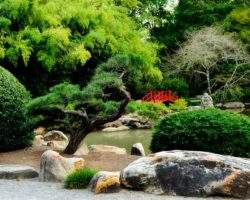
Birmingham Botanical Gardens
One of the best and most-visited sites for songbirds in the Birmingham area, particularly in spring and fall migration. The Birmingham Botanical Gardens should be high on the “must-see” list for anyone interested in birding in the Birmingham area. Co …
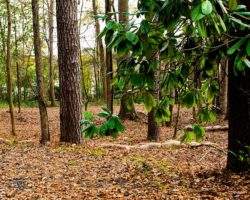
Birmingham Zoo
Located within the 200 wooded acres of Lane Park, the Birmingham Zoo is one of Alabama’s most-visited tourist locations, as well as being a surprisingly productive place for year-round birding. The best birding on the grounds exists outside the Zoo i …
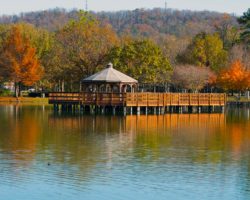
East Lake Park
East Lake Park is one of the best places in the Birmingham area to see birds, because it has a variety of natural features that provide food, water and shelter for a wide range of species. Using water from Roebuck Springs and Village Creek, this 45-a …

Five Mile Creek Greenway Brookside
The Five Mile Creek Greenway, as it passes through the small historic community of Brookside, provides access to the banks Five Mile Creek for about 3 miles. The Greenway trail begins at the end of the Bensko Park parking lot and winds along via a wi …
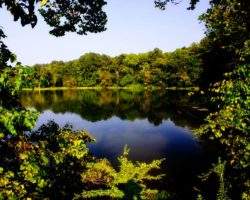
Lake Purdy
Lake Purdy is a 990-acre reservoir on the Little Cahaba River which provides drinking water for the City of Birmingham. Surrounded by protected woodlands, the lake and its environs have become one of those rare birding destinations that is always int …
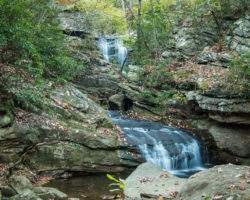
Moss Rock Preserve
Moss Rock Preserve is a 349 acre nature preserve owned by the City of Hoover. The preserve includes gigantic boulders, waterfalls, rare plant glades and about 10 miles of trails.
